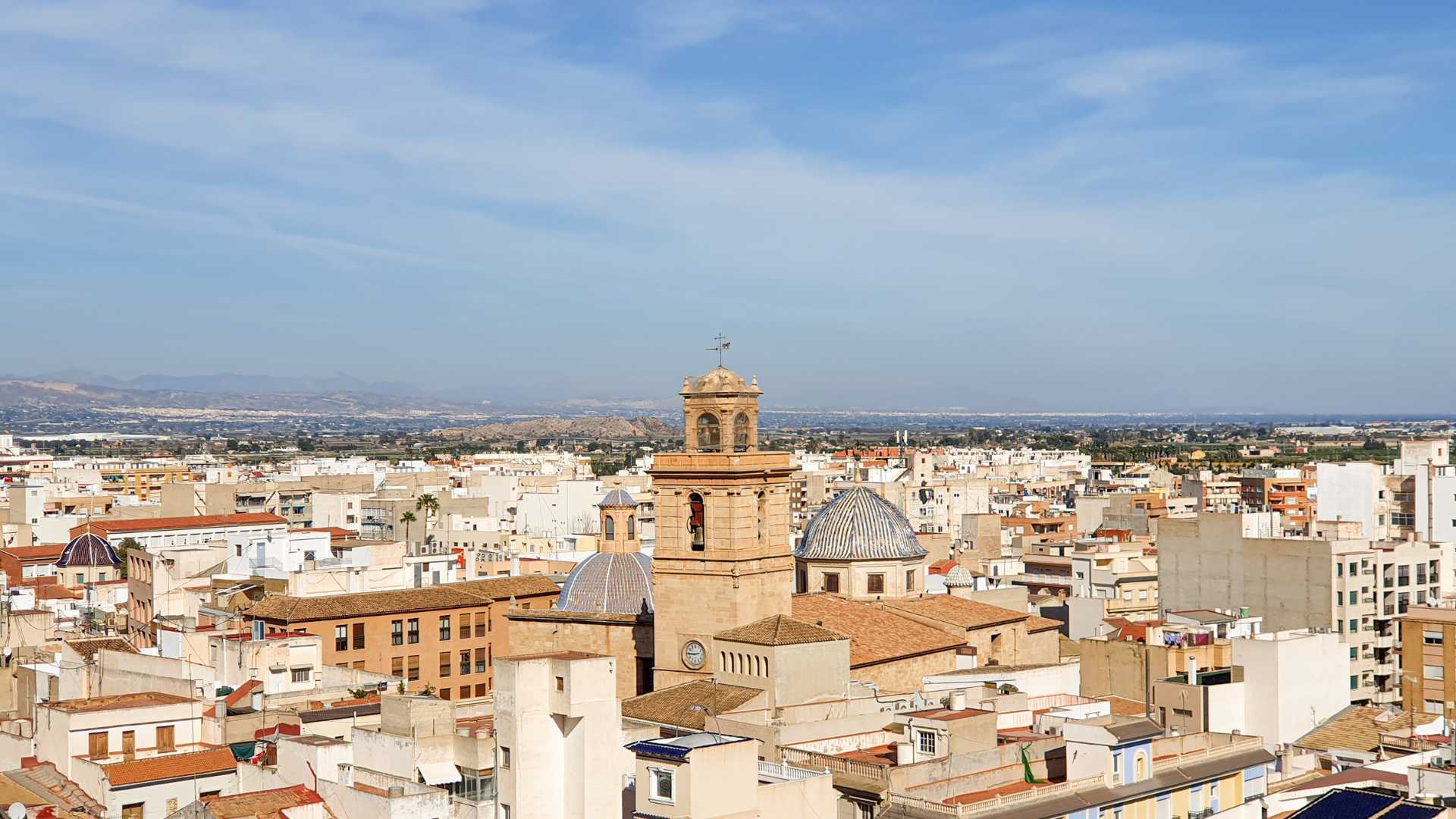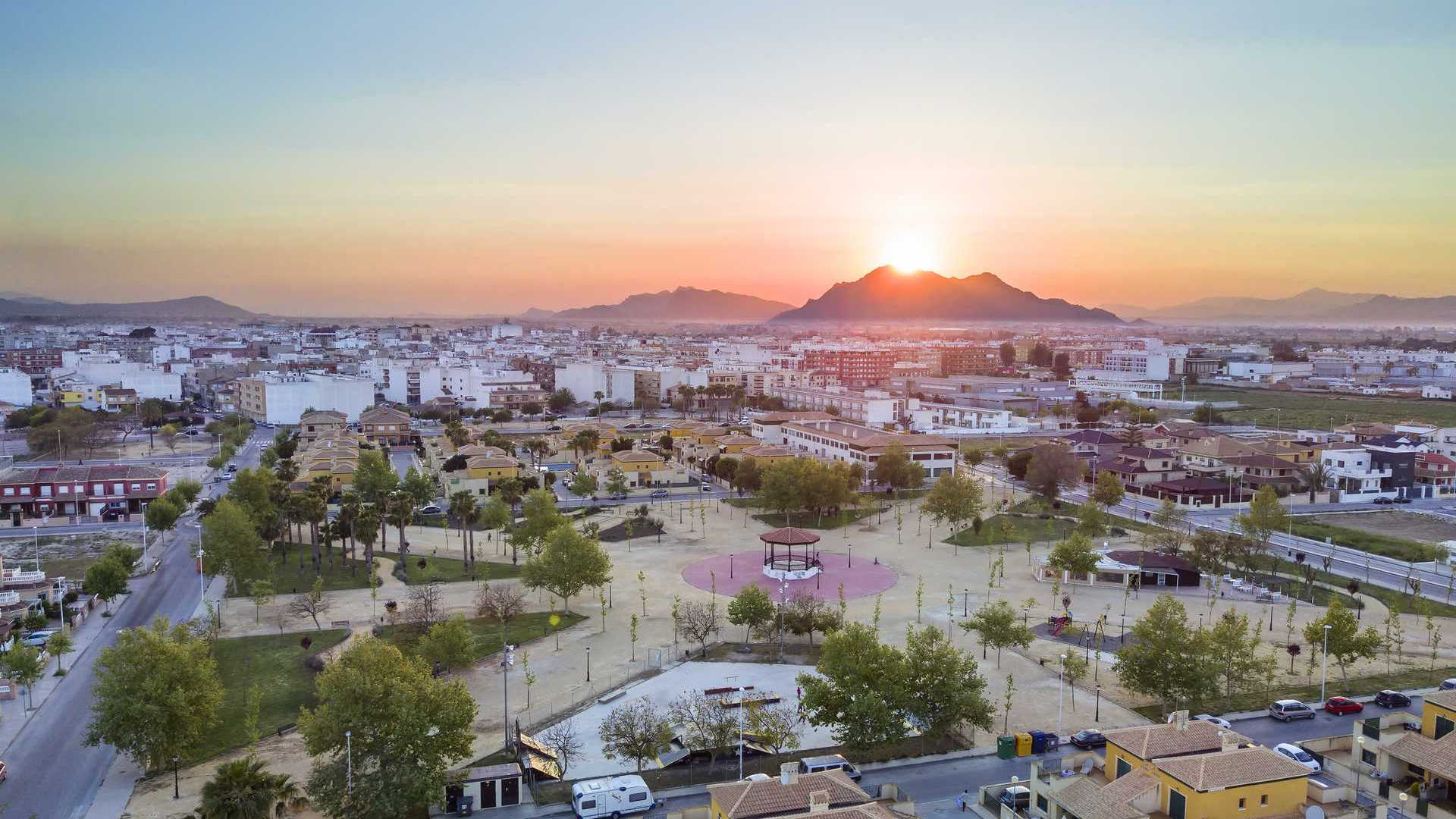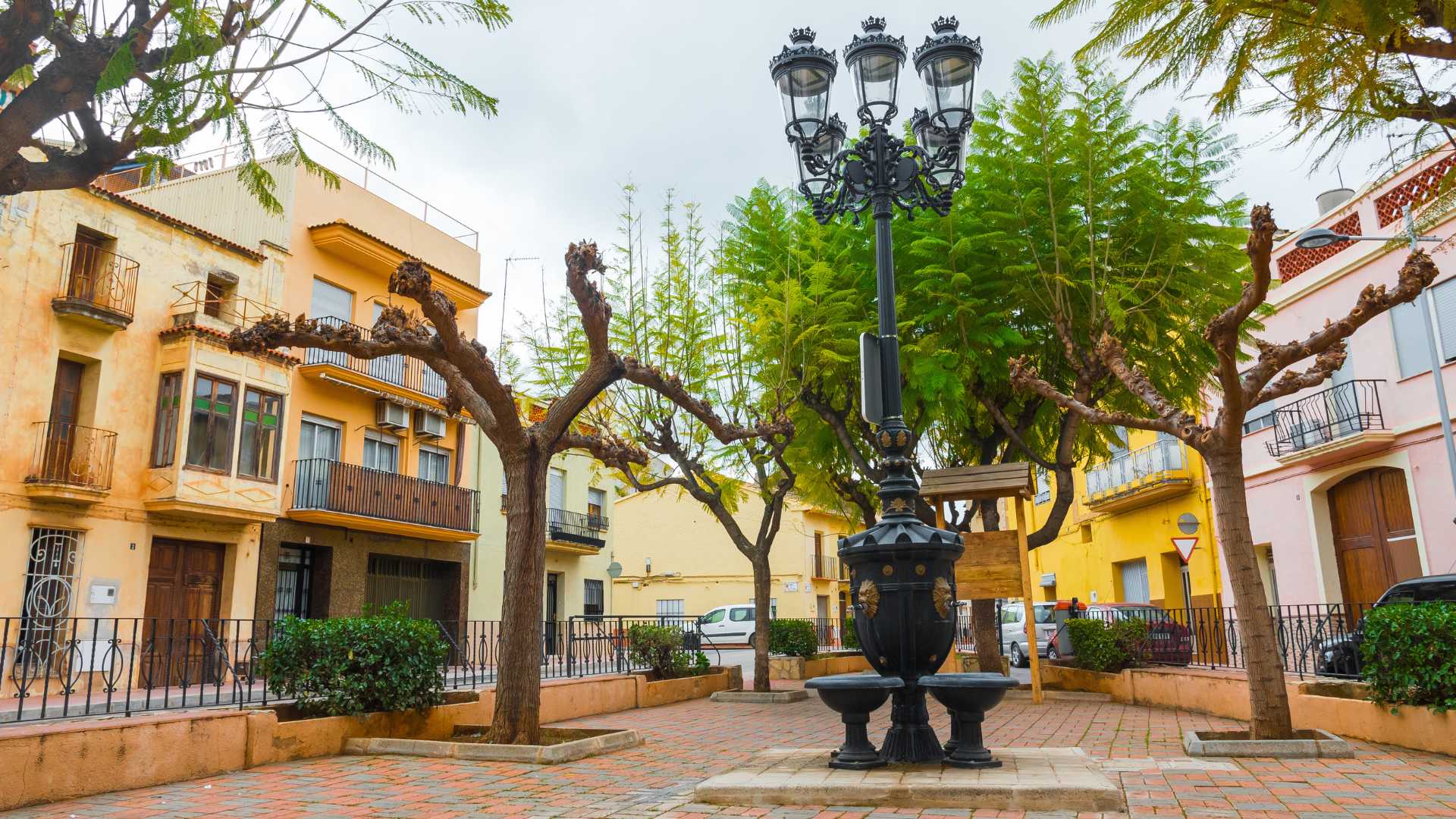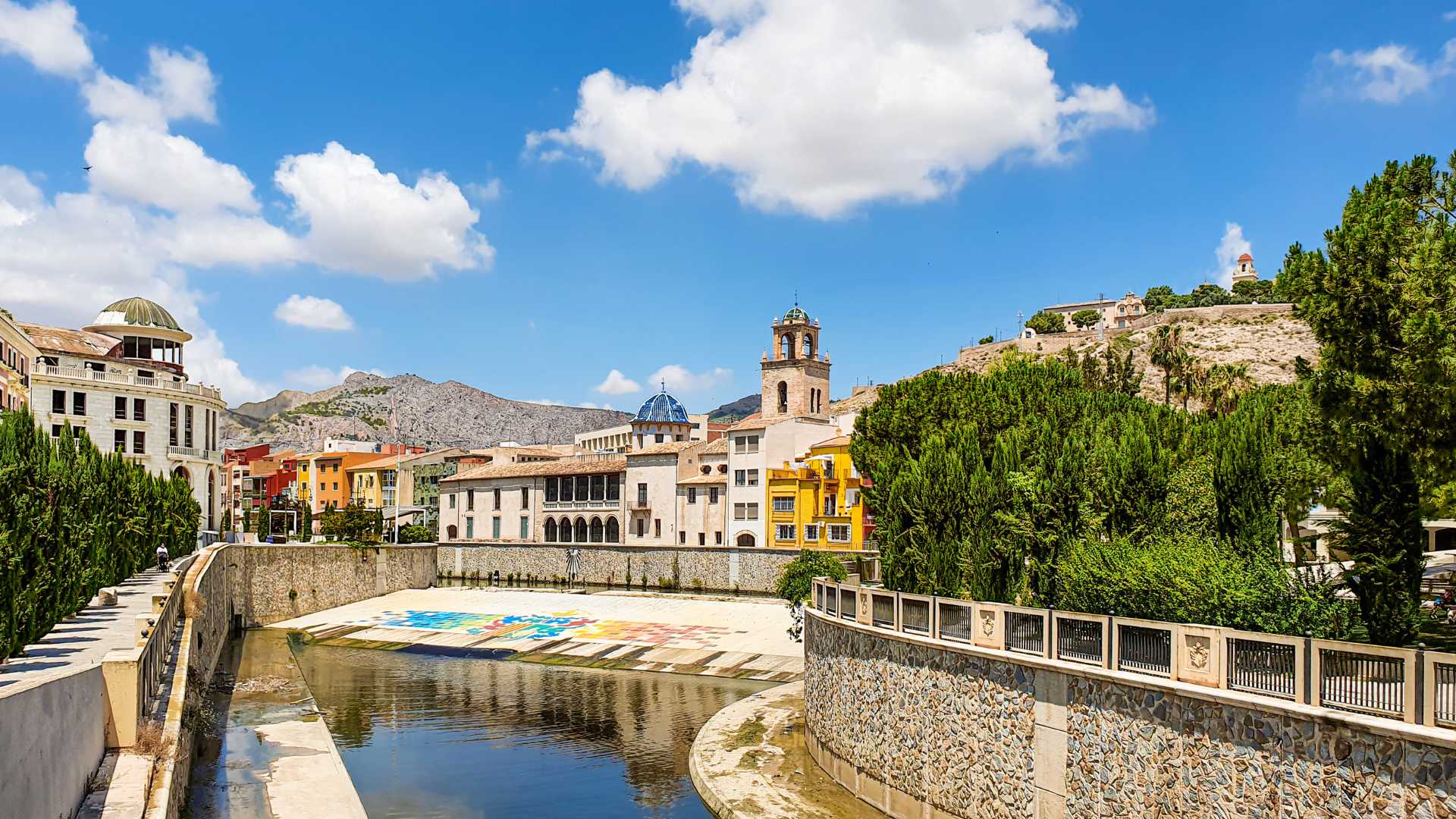La Vega Baja: Explore the Treasures of this County in the Province of Alicante

Multimedia Gallery





Multimedia Gallery
- Torrevieja, Orihuela, Pilar de la Horadada, Almoradí, Callosa de Segura, Rojales, Guardamar del Segura, Albatera, Catral, Redován, San Fulgencio, Dolores, Cox, Bigastro, San Miguel de Salinas, Benejúzar, Los Montesinos, Rafal, Formentera del Segura, Benijófar, Algorfa, Granja de Rocamora, Jacarilla, San Isidro, Benferri, Daya Nueva, Daya Vieja
La Vega Baja in the province of Alicante is a unique county. Replete with historical monuments and nature areas, its weather, traditions and delicious cuisine make it a destination to be explored. Keep reading to discover all the wonders you can explore in the area.
The villages of La Vega Baja: walks, nature and landscapes
The first stop of this exploration of La Vega Baja is Albatera where you can experience the magical scenery of Rambla Salada. Benejúzar has got picnic and recreational areas, which you can spend time at once you’ve clambered up the slopes of the mountain defined by large areas of gypsum. Callosa de Segura is home to Ahumada Cave, an incredible destination for lovers of hiking and rock climbing.
Dolores and Catral are great trailheads for El Hondo Natural Park, an area that birders are going to want to visit. And you must, of course, make your way to Las Lagunas de la Mata y Torrevieja Natural Park. This natural treasure trove has not one but two lakes whose pink-hued waters are a joy to photograph. Come and enjoy the biodiversity of La Vega Baja.
The villages of La Vega Baja: history and monuments
Almoradí is home to fascinating hydraulic heritage that you can explore on the Water Walk. Make sure you take the time to explore the huerta, the agricultural land, which is dotted with monuments. Cox has a great ethnological museum housed in an old flour mill and Santa Bárbara Castle, which is one of the oldest in the Region of Valencia.
Next up on your exploration of La Vega Baja’s history and sights is the Municipal Archaeological Museum in San Fulgencio where you will find remains from the nearby Iberian sites named La Escuera and El Oral. In Rafal, take a look around Nuestra Señora del Rosario Parish Church, home to paintings attributed to the Ribera school, and the ethnographical museum, which has objects of great value.
Rojales has a number of hydraulic structures in the centre as well as several cave-houses, known as El Rodeo Caves, which you can visit. These spaces are currently dedicated to artisanship. It would be impossible to mention all the archaeological sites and monuments that you can explore in La Vega Baja so we are going to focus on two destinations where you can see some: Guardamar del Segura and Orihuela.
In Guardamar del Segura, you can visit Rábita califal de las dunas, a monastic site dating back to Islamic times, and La Fonteta, which comprises the incredible ruins of a Phoenician port city. Top off a day of explorations with some of the tasty local cuisine.
Listed a Site of Cultural Interest, Orihuela’s Historic-Artistic Site speaks of La Vega Baja’s history and traditions in its incredible buildings and monuments. Santo Domingo Convent, the façade of the Public Library and Fernando de Loaces Historical Archive and Orihuela Castle-Alcazaba are just a small sample of everything you can see in this impressive destination. If you can, we’d recommend visiting during Holy Week, taking a look around the museum dedicated to Miguel Hernández and exploring San Antón Palmeral.
The beaches of La Vega Baja
Though we don’t have space to mention many, we’d like to conclude this short exploration of La Vega Baja with a list of some of the area’s beaches, such as La Mata in Torrevieja, a town where you can see a submarine. In Pilar de la Horadada, you can visit Las Villas-Higuericas beach and in Orihuela we’d recommend heading to Mosca Cove. Come and enjoy all the wonders of La Vega Baja.









